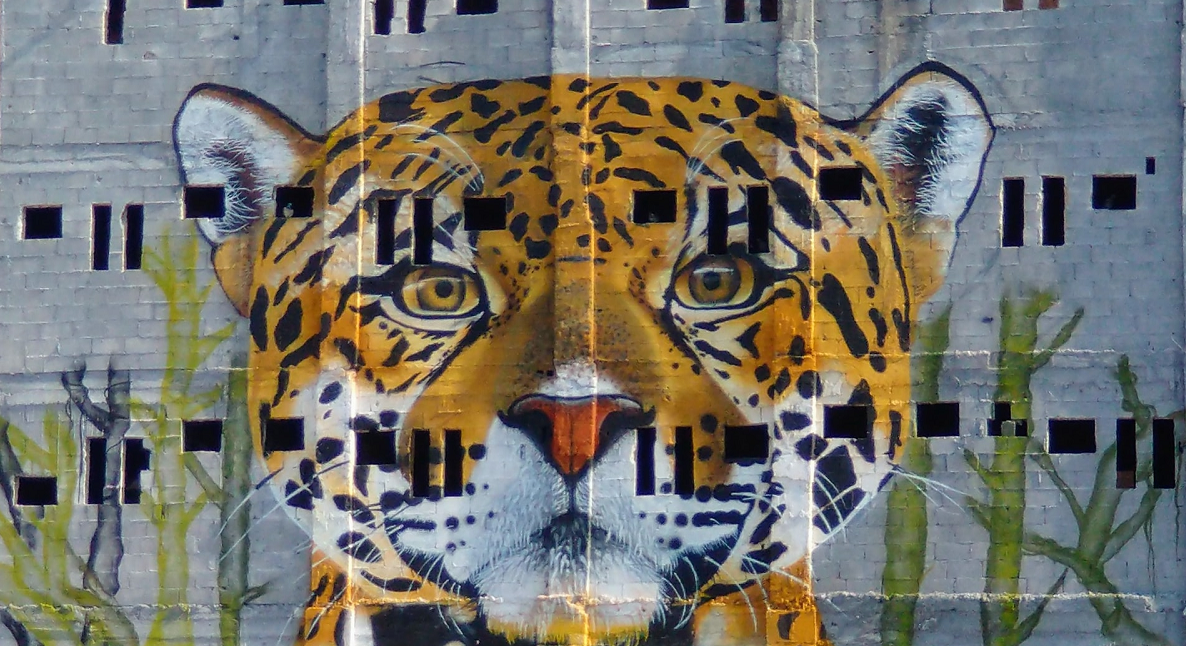
Conjuring Mayan Magic
We were on the hunt for guayaberas. It was the 475th anniversary of Merida's founding and the party called for something nice. As we walked the narrow stone-cobbled street, it reminded me of Old World cities in Europe.
Colonial-style architecture from the 16th-century makes up the background for much of Yucatan's capital. It is the place where the well-heeled rival cartel families made their peace and their homes.
I kept noticing terrariums outside of the shops as we walked by. They were everywhere. Inside, bugs with rhinestones glued on their exoskeletons crawled over pieces of wood. A woman selling these bejeweled insects fashioned one on her shoulder, anchored by a tiny gold chain.
I had to ask. "Perdon, que son estas cosas?"
That's when she told me about the maquech. According to Mayan legend, a peasant and princess fell in love. The man was sentenced to death but a shaman intervened, instead turning him into a bug, allowing the princess to cherish her lover in a new form. The bugs were symbols of this love and apparently very popular with tourists. She also had good details on clothing shops.
After finding a fancy el presidente-style guayabera, we opted for a linen cut and went back to the hotel. Later that night, an incredible scene of colors and sounds flooded the streets.
The anniversary of Merida, one of the Western Hemisphere's oldest cities, is an all out-production that takes over the city's center. The parade had just started meandering by our hotel as we stepped out.
Light projections took over entire building facades with trippy renderings of Mayan gods, conquistadors and other symbols of the Yucatan. Roving bands of musicians played indigenous sounds. People waved glow sticks, making their way to the plaza's main stage. On the horizon you could see the performers jumping and twirling through the masses.
The celebration was simultaneously reflective and jubilant. These huge visual narratives continued their dance on the buildings, conveying the history of Merida. Birth of the Olmecs. Clashes with the Aztecs. Gangs of conquistadors stealing Mayan temple stone from the rubble flickered by.
The smells of roasted corn and burning sage filled the air. We soaked it all in with tepache, a fermented pineapple drink.
Chichen Itza was on tap the next day. The ancient site sits on a wide clearing surrounded by dense jungle. Tour guides greet throngs of visitors. Among other treats, vendors hawk elotes, chamoyadas, and these peculiar wooden carvings in the shape of a jaguar head. I stop by to investigate.
The carvings are whistles and when blown correctly, make the sound of a really angry predatory cat. I immediately buy one and annoy my friends the rest of the day with it. When I learned it could be attached to a rope and worn like a necklace, I became somewhat of a menace. Sometimes, I still like to scare people I know with it. I'll always remember what the guy who sold it to me said. "Invocar al jaguar!"
No trip to Quintana Roo is complete without seeing a cenote, magical watering holes scattered throughout the peninsula. The Mayans regarded these sites as portals to the spirit world. If you've ever swam in one, you'll realize why. These caverns hold pristine crystal-clear water, filtered by limestone, reaching incredible depths. As I floated above Yokdzonot, I imagined the miles of underwater caverns that snaked below me.
All the swimming had us hungry for lunch. We settled on a bustling place popular with the locals, devouring plates of tacos al pastor, birria, pollo and conchinita pibil and poc chuc. We ate like kings. Cancun was our next stop, so inflated prices were coming.
In general, I'm not a fan of all-inclusive resorts and cruises. Cancun, in my opinion, is the epitome of both. Immediately when driving in, you get a sense of being on an isolated compound. People don't speak Spanish. Everyone takes dollars. There is no "when in Rome" happening in this place. There are incredible beaches, however, and the white sands along the turquoise Caribbean water are unparalleled.
Just south of Cancun is a less-frequented place called Puerto Morelos. Between the tourist-heavy spots of Playa del Carmen and Cancun, rests this fishing village. At the shoreline cantina, pescadoras hauled out nets full of fish. I have never eaten a ceviche or agua chile so fresh. Divers and snorkelers geared up on the dock. Just yards away, a protected reef to enjoy.
The Puerto Morelos Reef National Park has allowed the native sea turtle and fish stocks to flourish. The tourism here focuses on the more sustainable side. After lunch, a local tips us off to an "ecological" park we have to visit.
We arrived at the mangrove island by boat. Reserva Corchito features three cenotes packed with flamingos. Racoons run among groups trying to steal snacks. Visitors dip their feet into pools filled with swimming minnows to get "fish pedicures."
Back at the hotel, we gather our things to check out. I notice a relieved look from at least one staff member, happy to see me and my jaguar whistle leaving. I drop an extra tip for my touristy harassment.
On the drive back to the airport, the history and beauty of the Yucatan are in my head. Such an incredible place. I can't help but think I didn't see enough. I have to come back. The jaguar calls.
Back to Portfolio